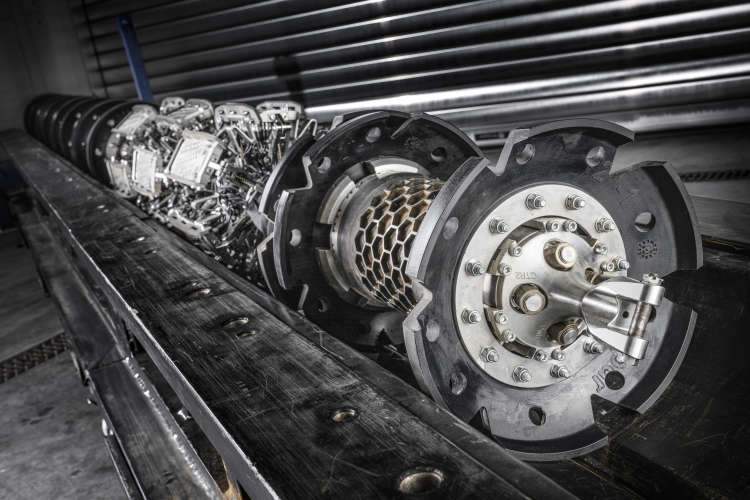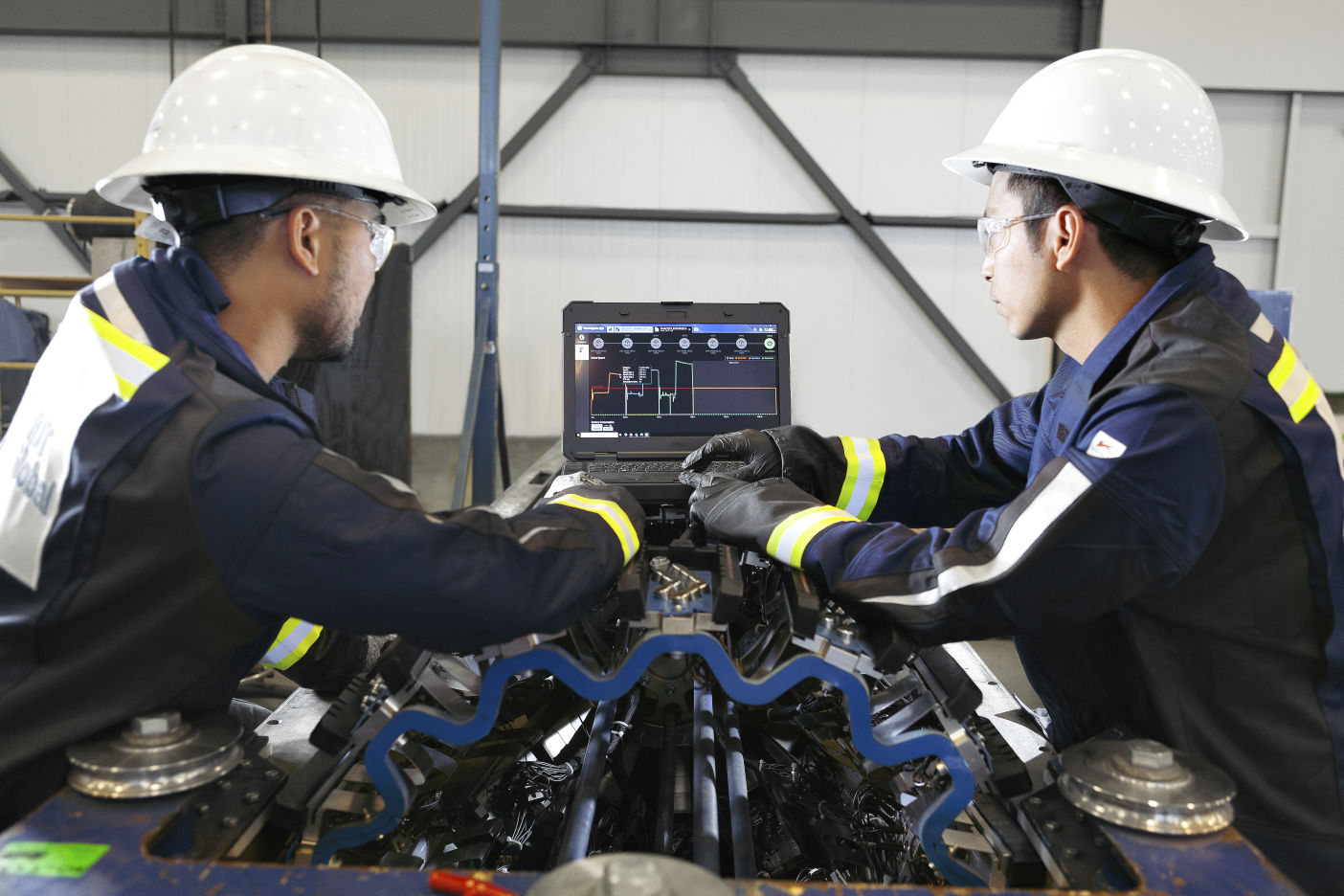When it comes to pipeline integrityThe capability of a pipeline to perform its intended function safely and reliably throughout its life. It includes a range of factors, including the structural … management, metal loss is a leading cause of pipeline failureThe inability of a pipeline system to fulfill its intended function or meet the required performance criteria. Pipeline failures can have significant consequenc… which can propagate through several mechanisms during the asset's life. Additionally, metal lossRefers to the reduction in material thickness or cross-sectional area of a pipe due to corrosion, erosion, or other forms of degradation. can occur during pipeline manufacture and installation, necessitating the need for baseline inspections.
On a day-to-day basis, I have conversations regarding metal loss with operators, and I have noticed a pattern – regardless of the operatorAn entity or organization responsible for the operation, management, and maintenance of a pipeline system. The operator is entrusted with ensuring the safe, rel…, there are significant similarities in the challenges faced. Metal lossRefers to the reduction in material thickness or cross-sectional area of a pipe due to corrosion, erosion, or other forms of degradation. is not something that operators can avoid, but by aligning with the right partner, can successfully blend talent, experience, and technological capabilities to manage it effectively and efficiently.
How can metal loss propagate in a pipeline?
When a pipeline enters service, corrosionThe deterioration or degradation of a pipeline caused by chemical or electrochemical reactions with its environment. Corrosion is a significant concern as it ca… can become an issue for both the internal and external surfaces of the pipe wall. Internal corrosion can occur when corrosive substances transported by the pipeline react with the internal pipe wall to cause corrosion/metal lossRefers to the reduction in material thickness or cross-sectional area of a pipe due to corrosion, erosion, or other forms of degradation. . This can be exacerbated by changes to the medium properties of the substances being transported or by failures of internal and external coatings, as well as cathodic protectionA technique used to protect pipelines from corrosion. It involves applying an electric current to the metal surface to counteract the corrosive reactions and p… deficiencies.
Zero in on the Right Technology
Choosing inline inspectionA method used to assess the the integrity and condition of pipelines. It involves the use of specialized tools that are inserted into the pipeline and propelled… technology is about more than meeting immediate inspectionThe systematic process of visually examining, testing, or monitoring pipeline components to assess their condition, integrity, and compliance with regulatory re… needs; it is about finding a solution that offers accuracy, longevity, flexibility, and compatibility. Selecting the right technology is a critical decision that impacts a pipeline operatorAn entity or organization responsible for the operation, management, and maintenance of a pipeline system. The operator is entrusted with ensuring the safe, rel…'s viability, environmental safety, and people's lives.
Traditionally there have been two primary technologies utilized for metal lossRefers to the reduction in material thickness or cross-sectional area of a pipe due to corrosion, erosion, or other forms of degradation. inspectionThe systematic process of visually examining, testing, or monitoring pipeline components to assess their condition, integrity, and compliance with regulatory re… in pipelines: magnetic flux leakage (MFL)A type of non-destructive evaluation used on inline inspection (ILI) technology in which a magnetic field is induced in the pipe wall to detect, classify, and c… and ultrasonic (UTSystems used in non-destructive testing that utilize sound waves to detect, identify, and measure anomalies within a pipeline integrity test or management progr…) methodologies. In recent years other technologies such as acoustic resonance technology (ART)An inspection technology that utilizes sound waves or acoustic signals to detect, monitor, and analyze the condition of pipelines. ART involves the application … have emerged to overcome specific threats and pipeline configurations.
MFL utilizes magnets to measure changes in magnetic flux to detectTo sense or obtain a measurable indication from a feature.
metal loss in pipelines. This technology is suitable for a wide variety of pipeline mediums – namely gas and liquids. MFLA type of non-destructive evaluation used on inline inspection (ILI) technology in which a magnetic field is induced in the pipe wall to detect, classify, and c… technology has been operating for decades and is available from a variety of different suppliers and in a wide range of sizes and resolutions.
Ultrasonics on the other hand require a liquid medium but offers the benefit of direct measurement which allows for the measurement of complex corrosionThe deterioration or degradation of a pipeline caused by chemical or electrochemical reactions with its environment. Corrosion is a significant concern as it ca… features with axial resolutions of up to every 0.75 mm (approx. 0.03 in) and circumferentialAn event that occurs or is measured along the circumference of a pipeline. It implies the direction or orientation that is perpendicular to the longitudinal axi… resolutions up to 2.5mm (approx. 0.1 in) – see Figure 1. By utilizing direct measurement technology, UTSystems used in non-destructive testing that utilize sound waves to detect, identify, and measure anomalies within a pipeline integrity test or management progr… can detectTo sense or obtain a measurable indication from a feature.
and measure laminations, and CRA defects and accurately measure corrosion including under pipeline supports. Unlike MFLA type of non-destructive evaluation used on inline inspection (ILI) technology in which a magnetic field is induced in the pipe wall to detect, classify, and c…, UT is not affected by pipeline wall thickness, making it ideal for heavy wall pipelines such as those seen offshore.




